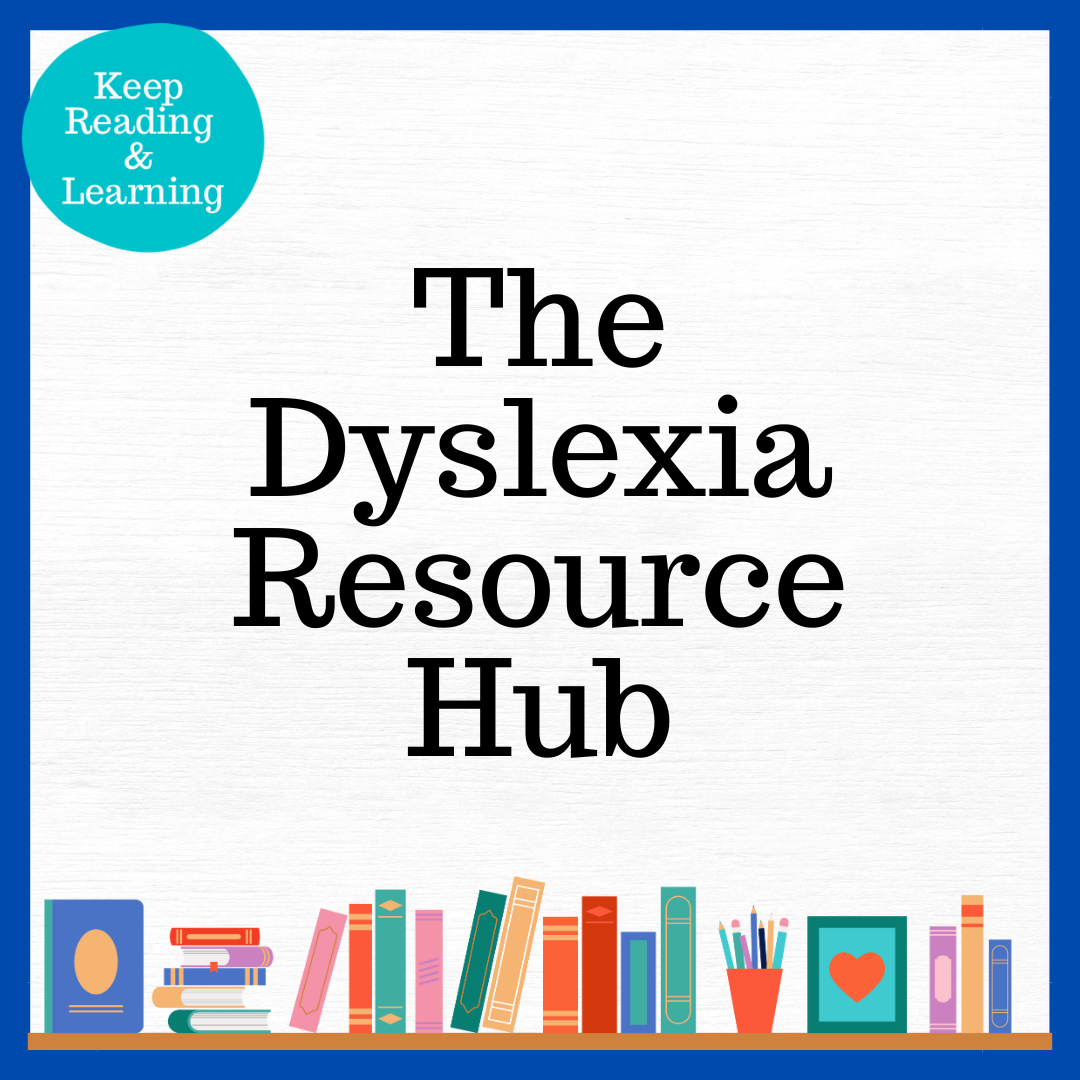Dyslexia resources for teachers can be hard to track down, so I’ve gathered my most…
Tag: science of reading
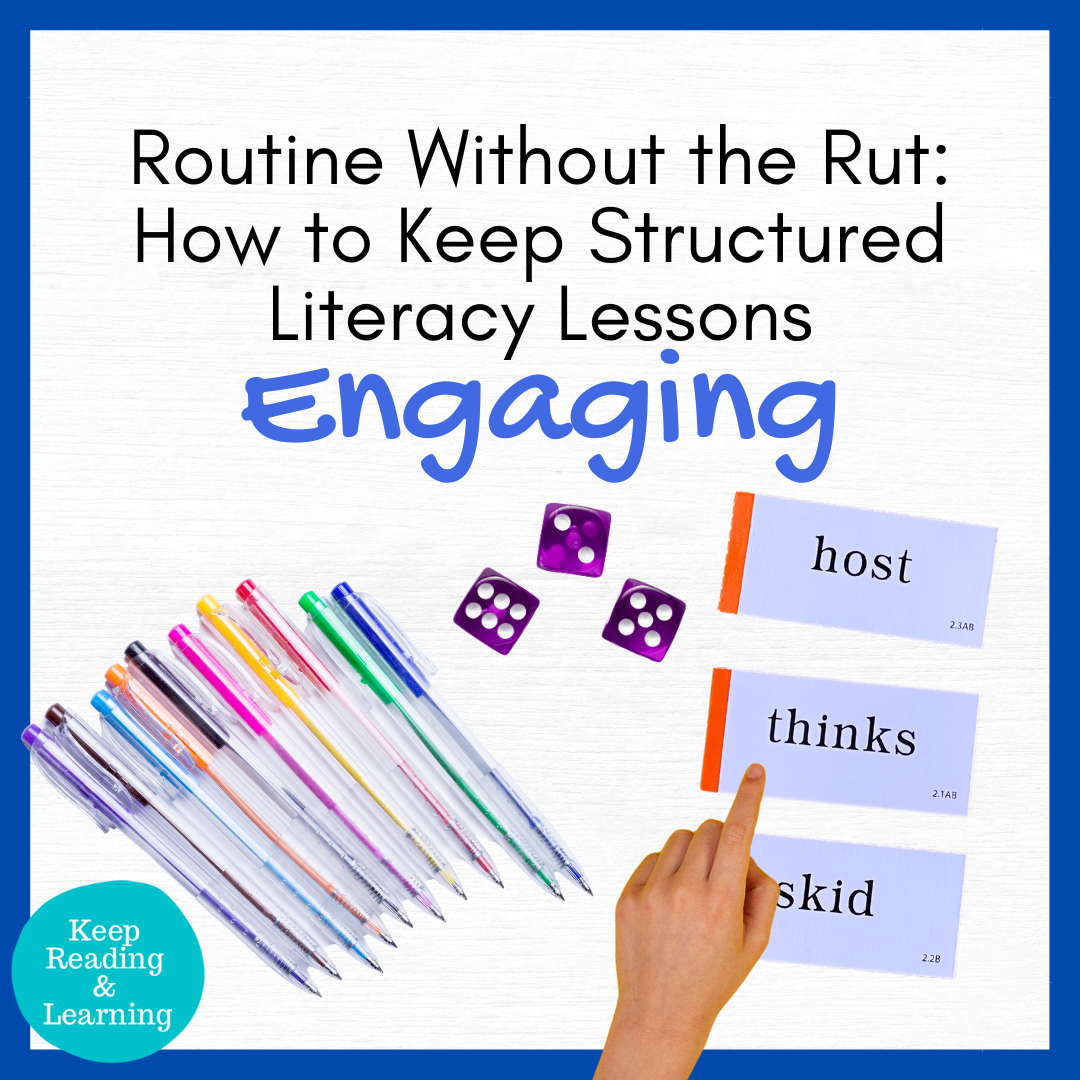
Routine Without the Rut: How to Keep Structured Literacy Lessons Engaging
Teaching structured literacy means sticking to the routines and rules that make the approach so…
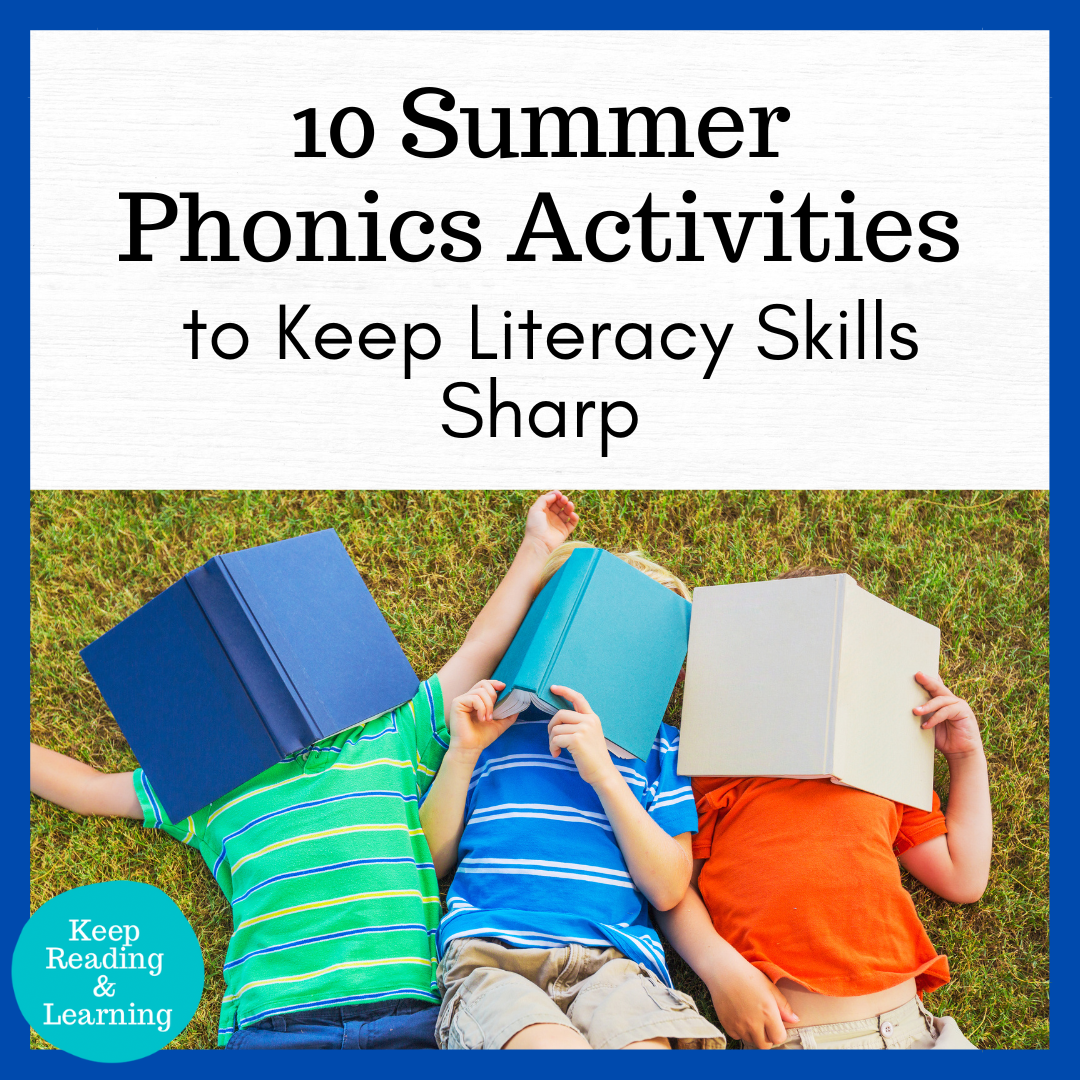
10 Summer Phonics Activities to Keep Literacy Skills Sharp
Summer is a time for fun and relaxation, but it’s also when many young readers…
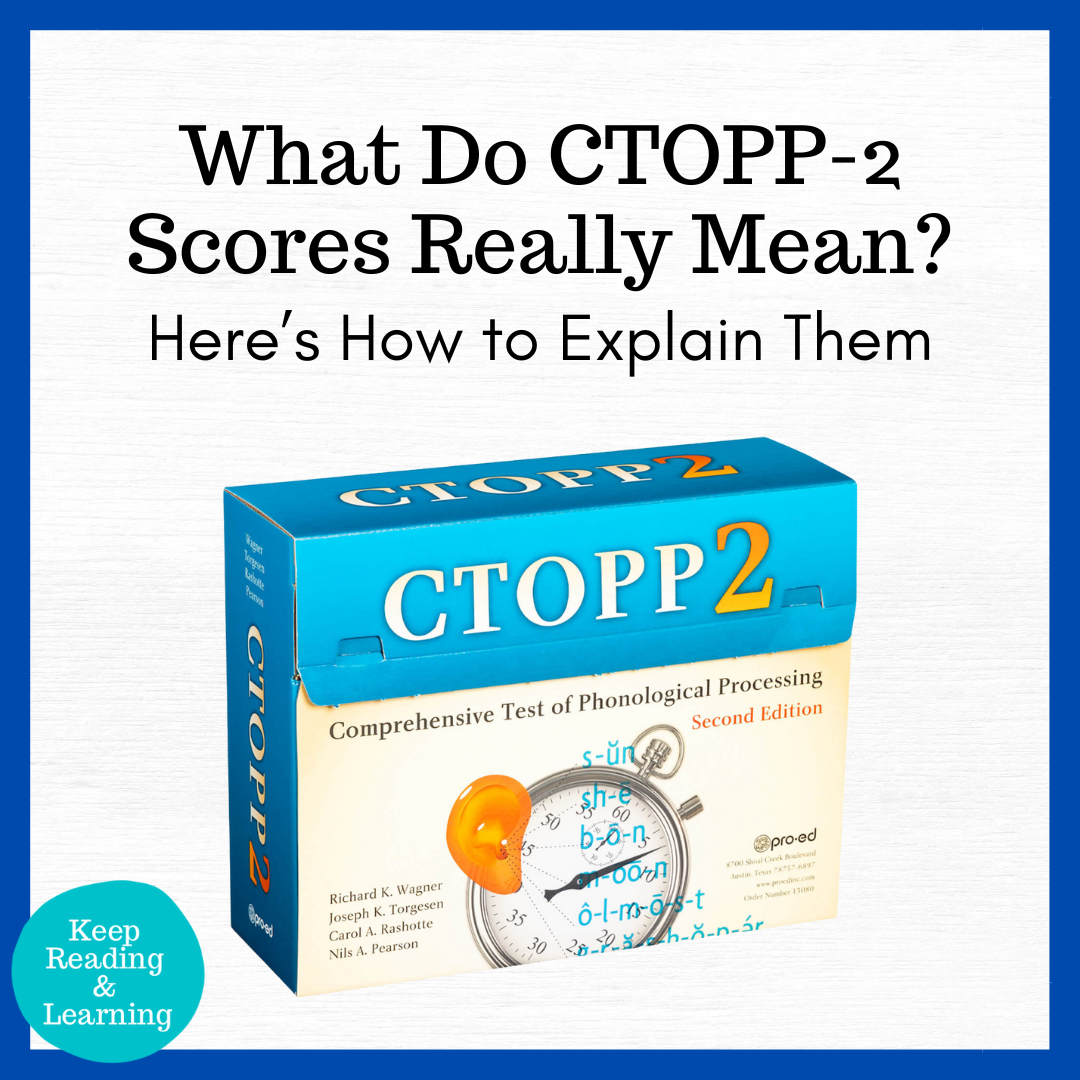
CTOPP-2 Score Interpretation: How to Write Clearer Reports
Understanding CTOPP-2 score interpretation is essential for writing clear, helpful evaluation reports that truly reflect…
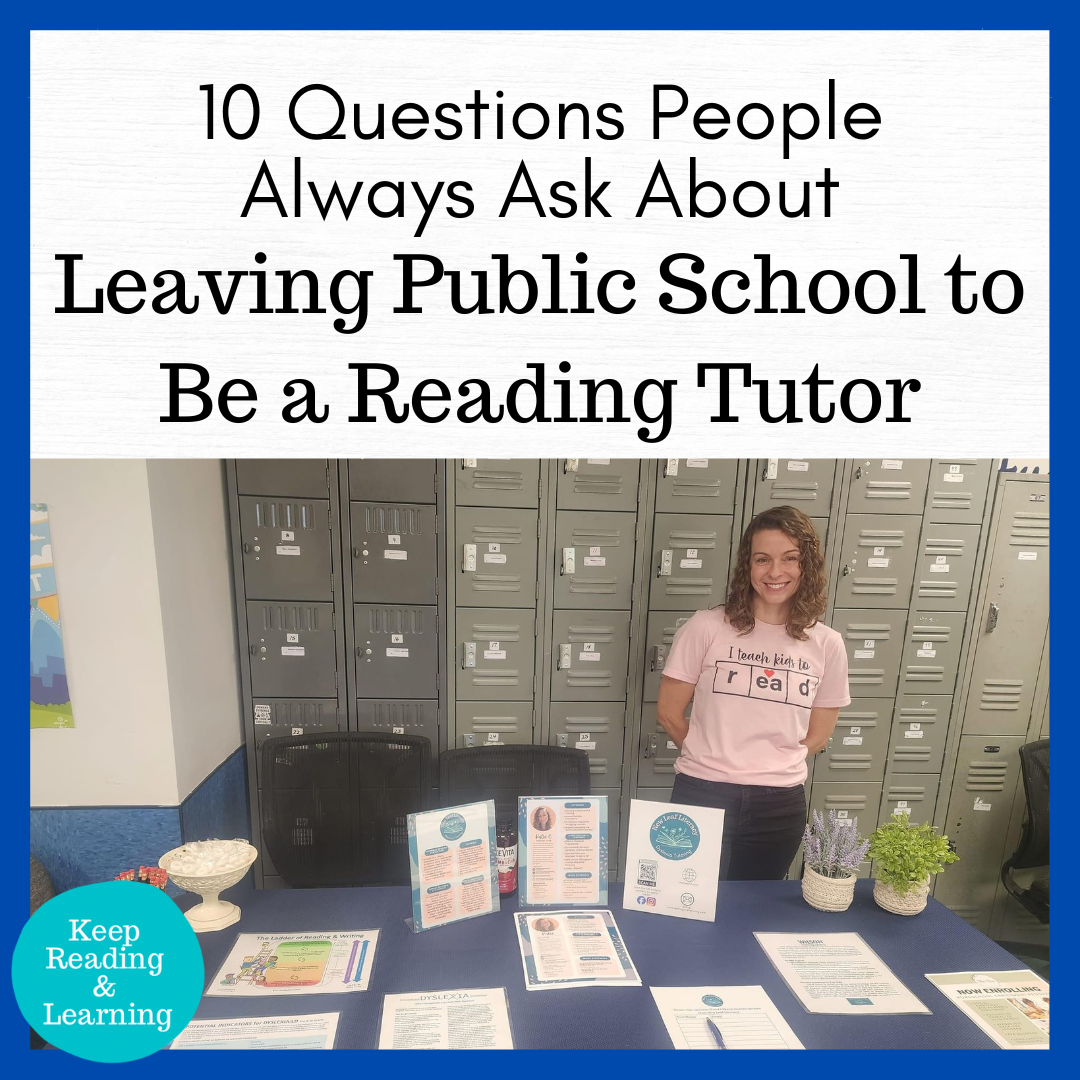
10 Questions I Always Get About Leaving Public School to Be a Reading Tutor
When I began talking about leaving public school to be a reading tutor, I had…

Science of Reading Meets Summer Reading: Your Structured Literacy Homework Plan
Planning structured literacy homework doesn’t have to be overwhelming. Whether you’re prepping for summer school…
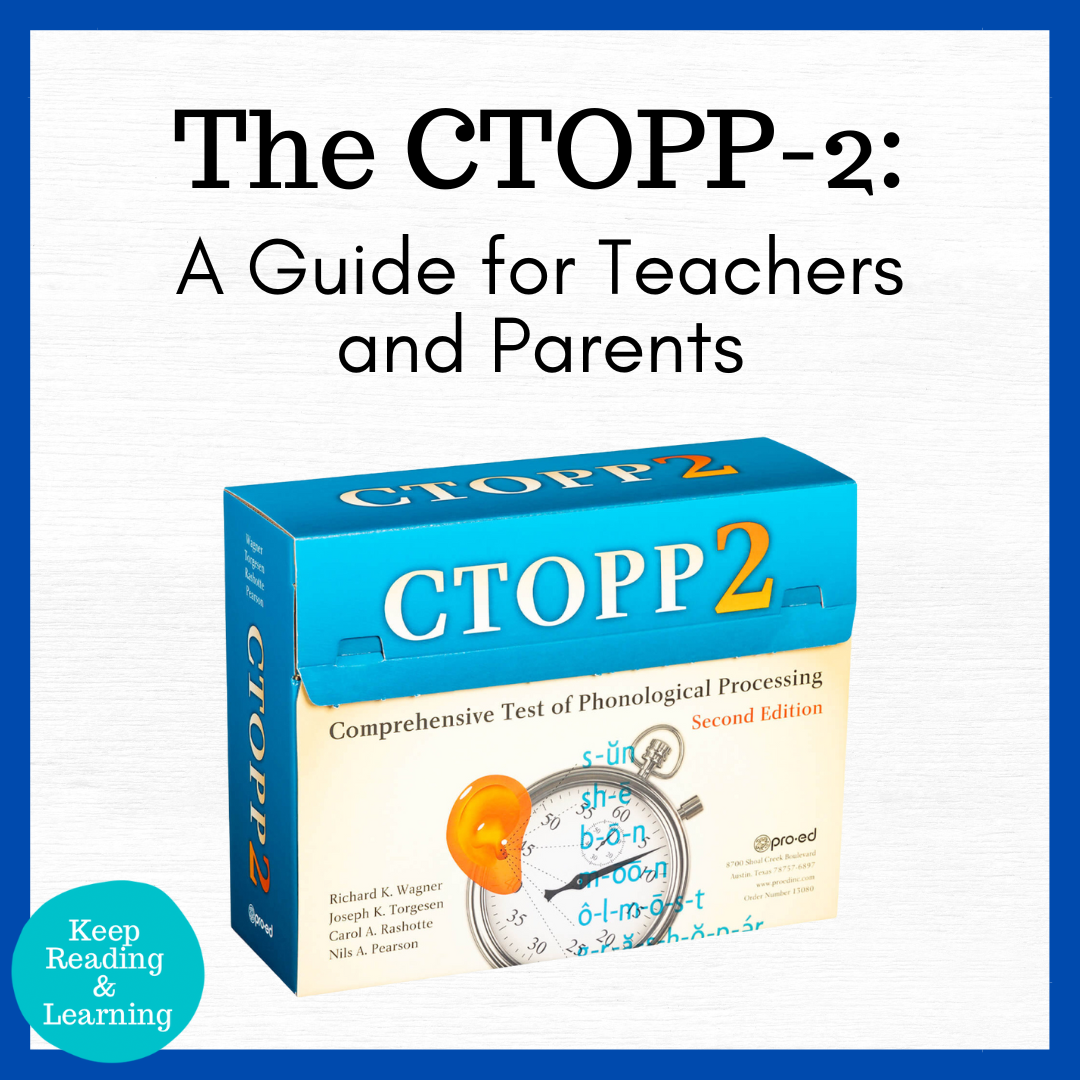
Understanding the CTOPP-2: A Guide for Teachers and Parents
The CTOPP -2 (conversationally referred to and pronounced as the “See Top”) is a test…
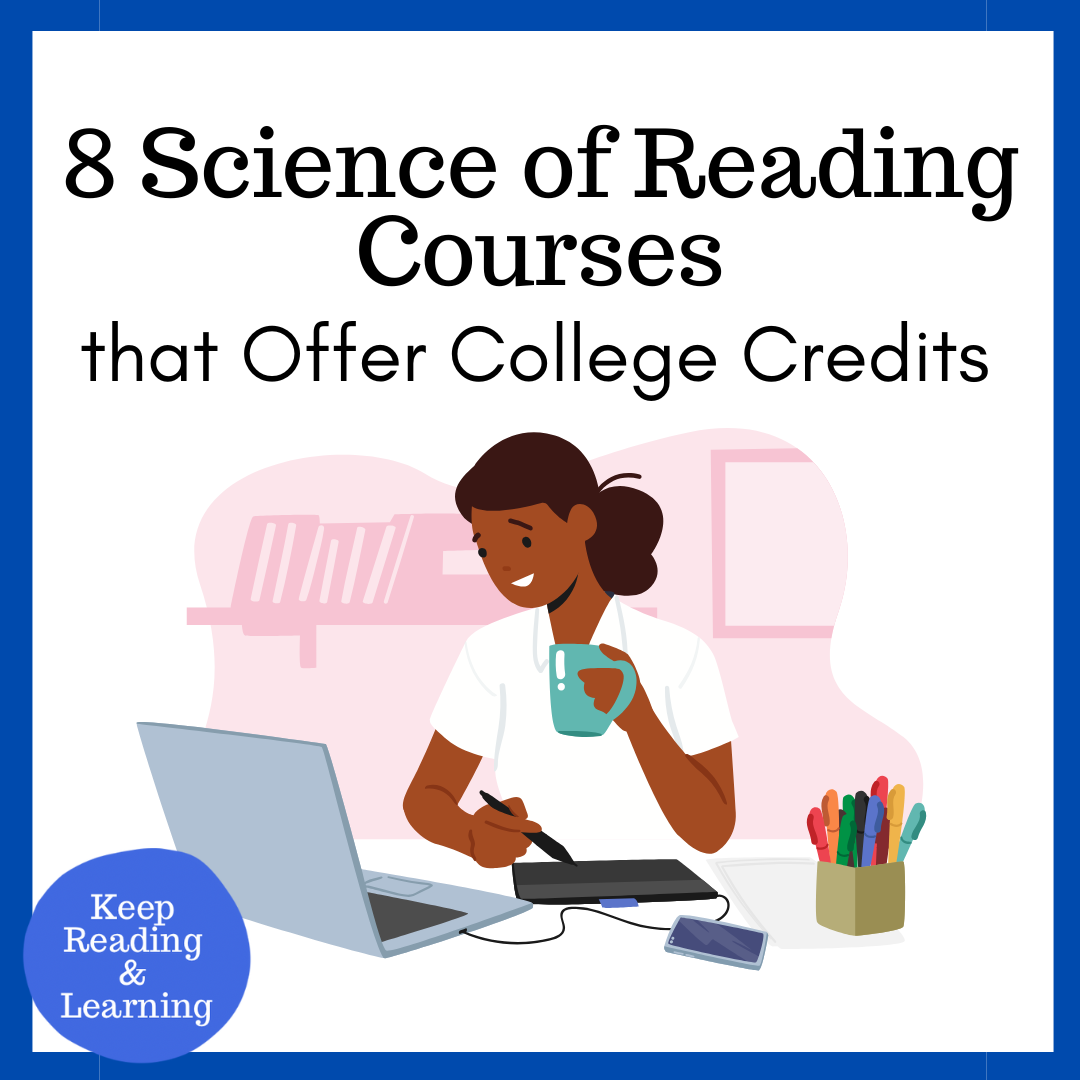
8 Science of Reading Courses Every Teacher Should Consider
If you’re looking to deepen your understanding of how we learn to read and how…
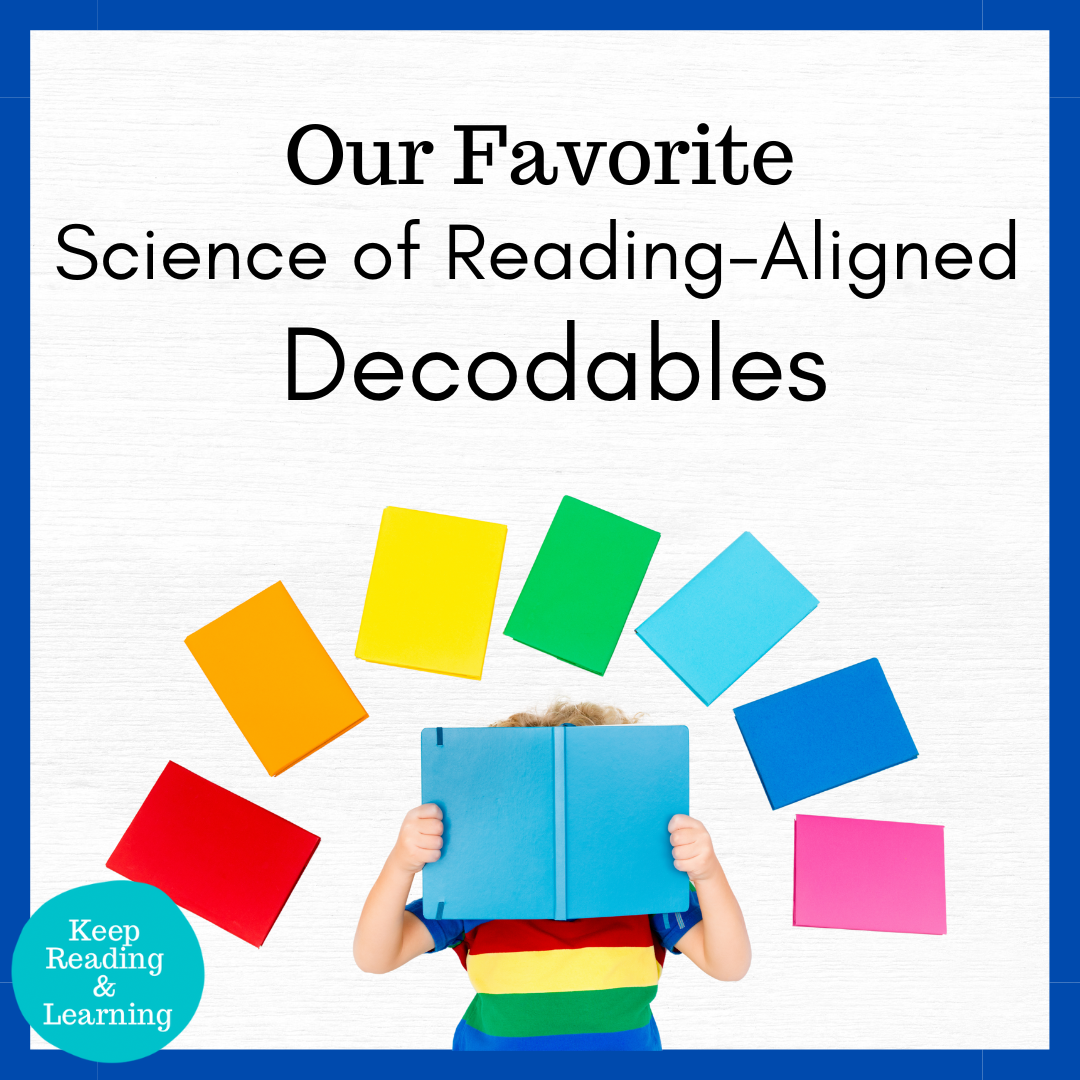
Top Picks: Decodable Books for Wilson, Orton Gillingham, and Structured Literacy Instruction
Are you looking for decodable books your students can confidently read at home or in…
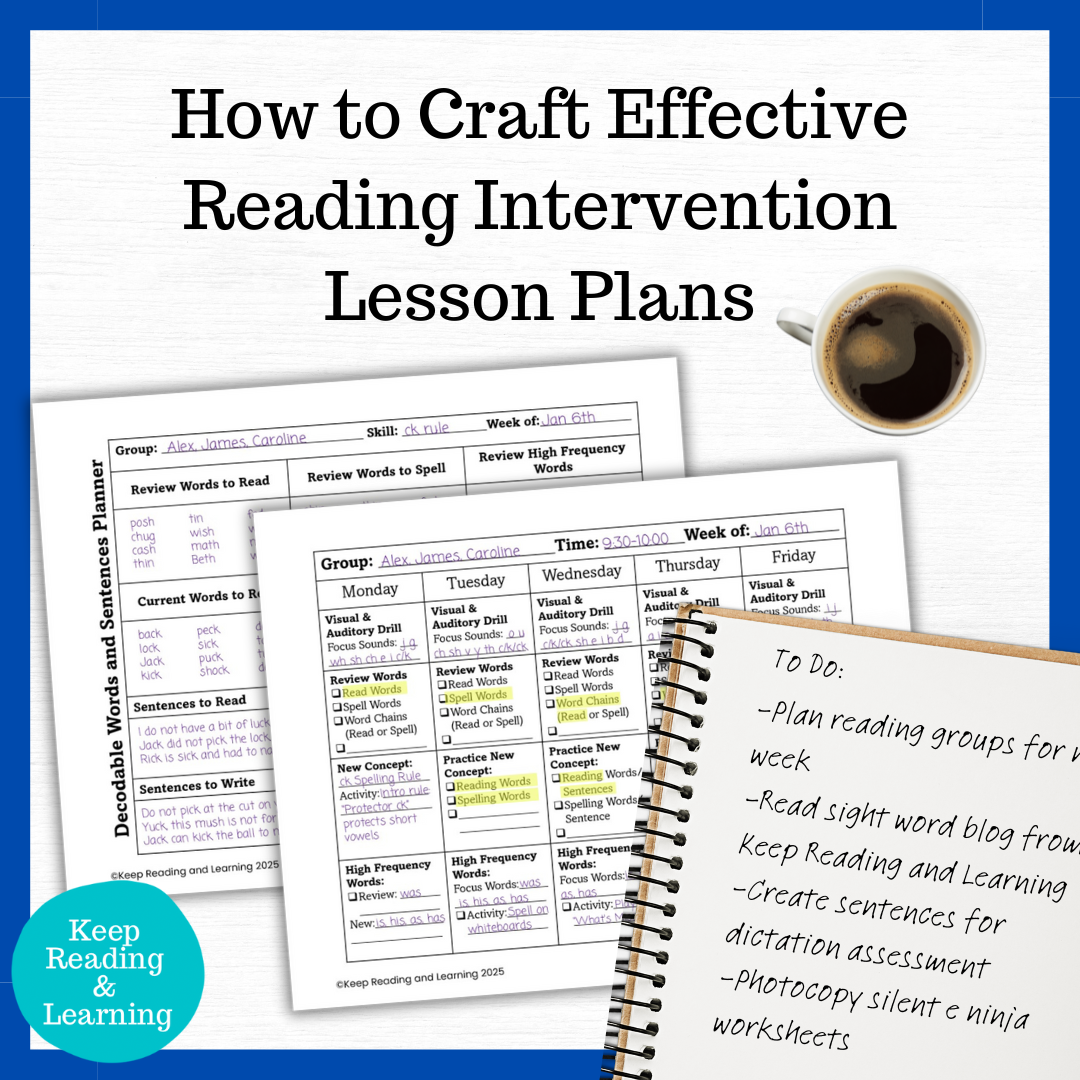
How to Craft Reading Intervention Lesson Plans
When it comes to planning reading intervention lesson plans, having a structured program can make…

